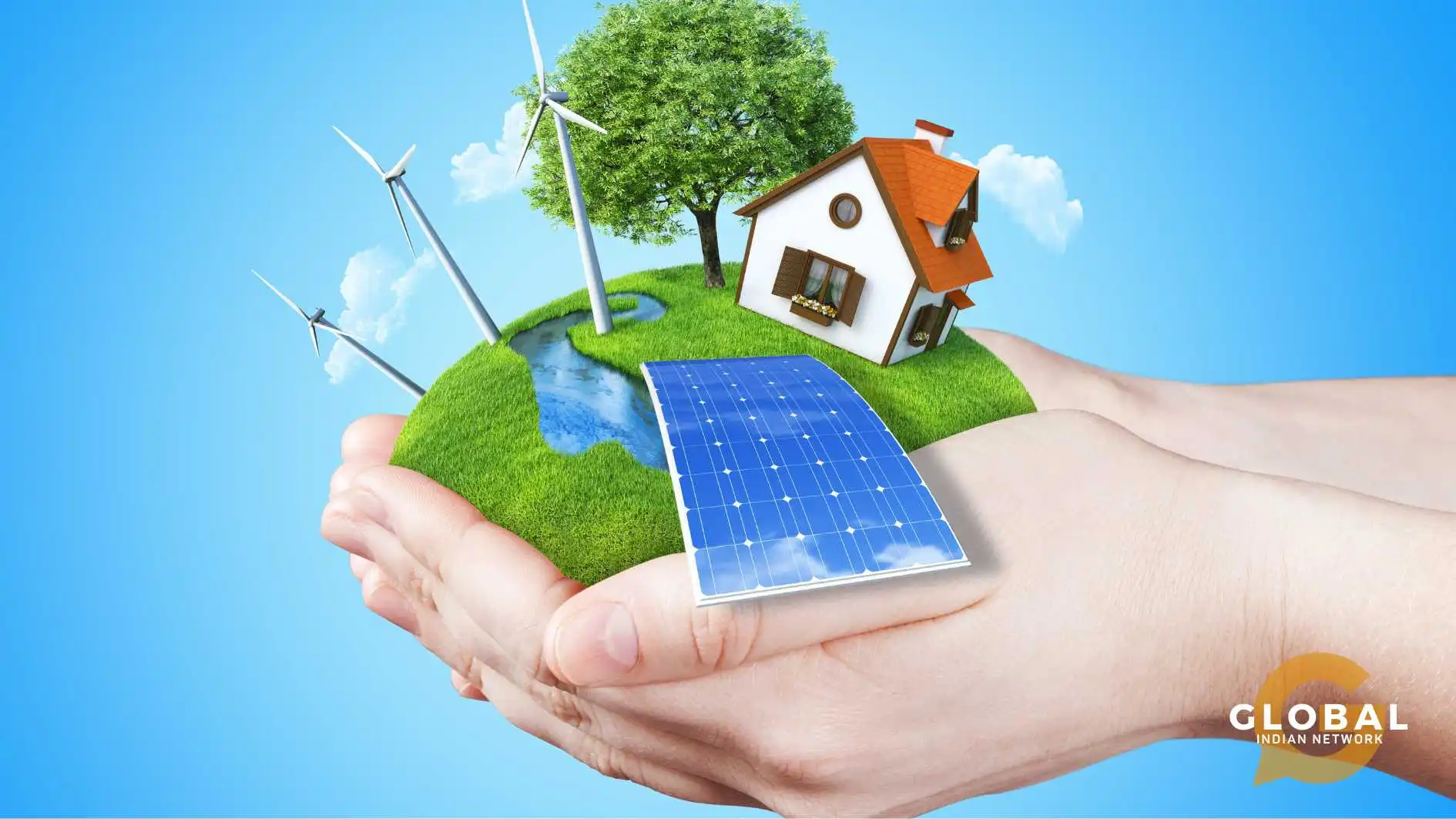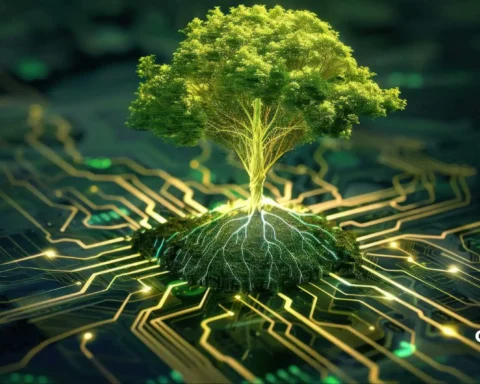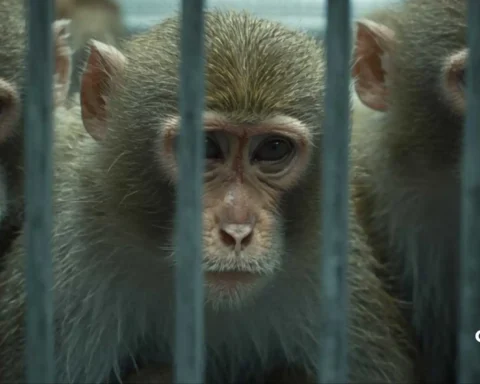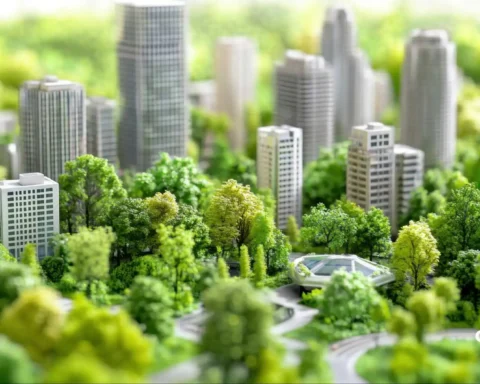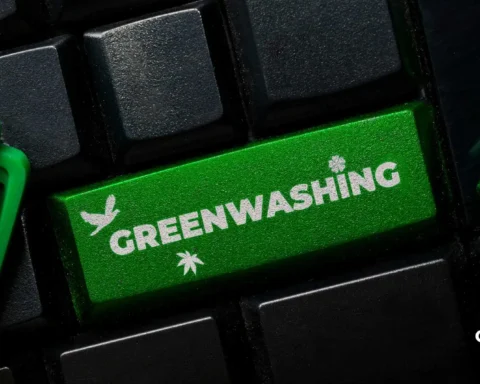The global transition towards green energy is no longer a distant goal; it’s already happening. Solar panels, wind turbines, and hydroelectric systems are powering millions of homes and industries around the world. However, during this process, it’s crucial not to overlook the disadvantages of green energy. While renewables offer undeniable environmental benefits, they also come with technical, financial, and social limitations. Addressing the disadvantages of green energy is essential for designing energy systems that are not only sustainable but also practical, inclusive, and reliable.
Table of Contents
Disadvantages of Green Energy
Green energy has been a game changer, but it’s far from perfect. It’s true that renewable sources, such as solar, wind, and hydro, produce far fewer emissions than traditional fuels. But several key problems make green energy harder to scale than it seems.
Some of the most significant disadvantages of green energy include its inconsistent power supply, high setup costs, reliance on rare materials, and inadequate recycling systems. The goal isn’t to criticise green energy, it’s to improve it by being honest about where it falls short.
Power Gaps and Reliability Problems
One of the biggest issues? The power doesn’t always show up when you need it. Solar panels don’t work at night, and if it’s cloudy all day, you won’t be generating much electricity either. Same goes for wind turbines, they’re great, but not when the air is still.
This means we need backup systems. Batteries help, but big ones are pricey and don’t hold energy forever. Sometimes, old fossil fuel plants still have to step in. That kind of defeats the purpose, right?

It’s Costly to Get Started
Another problem is the cost. Installing solar panels or building wind farms isn’t cheap. Governments and big companies can handle it, but for regular folks or smaller countries, the upfront costs can be a huge barrier.
Even rooftop panels, which are more common now, can still be too expensive for some families. And maintenance? That adds up, too. It’s not just a “set it and forget it” situation.
Mining and Material Issues
To build clean energy systems, you need materials like lithium, cobalt, and other rare metals. These come from mines, and mining is a messy process. It can damage land, pollute water, and in some places, involve unfair labour practices.
So, yes, green energy helps the planet, but the parts we use to make it aren’t always so green. That’s one of the overlooked disadvantages of green energy we can’t ignore.
Land Space Is a Real Concern
Solar and wind power don’t just need equipment, they need a lot of space. A solar farm that powers a town might take up hundreds of acres. Wind turbines need a distance between each other to work well, which also adds up.
That’s fine in open areas. But what about cities, forests, or farmlands? We start bumping into problems, like harming wildlife or pushing people off their land to make space.
Old Power Grids Can’t Keep Up
Here’s something most people don’t realise: our electricity systems weren’t built for renewables. They were designed decades ago for steady, predictable power. But green energy comes in bursts of sunlight during the day, and wind at random times.
Mixing that into old systems can cause overloads or blackouts. We need smarter grids, but upgrading them takes years and a lot of money. Until then, we’ll keep hitting roadblocks.
What Happens to All the Waste?
Solar panels and wind turbines don’t last forever. After 20 or 30 years, they need replacing. The question is, where do they go?
Right now, we don’t have great recycling systems for green tech. A lot of old equipment ends up in landfills. Some of it contains toxic stuff, which makes things worse. If we’re serious about being green, we’ve got to deal with this sooner rather than later.

Conclusion
There is no doubt that green energy is a major step forward. But that doesn’t mean it’s flawless. From the cost to the materials it needs, and from power gaps to waste, the disadvantages of green energy are real.
Still, none of these problems are deal-breakers. In fact, they’re solvable if we’re honest about them. That’s the key. We can’t fix what we refuse to talk about. By facing the downsides head-on, we give ourselves the chance to build a cleaner, smarter energy future that actually works for everyone.
FAQs
What are the negatives of green energy?
Green energy can be unreliable, expensive to install, and difficult to store without advanced infrastructure.
What are the disadvantages of green technology?
Green technology often relies on rare materials, requires high upfront costs, and can produce electronic waste that’s hard to recycle.
What are the drawbacks of renewable energy?
Renewable energy sources, like solar and wind, are intermittent, space-intensive, and not always compatible with current power grids.
What are the disadvantages of natural sources of energy?
Natural sources, like sun, wind, and water, depend on weather and geography, making a consistent energy supply a major challenge.




